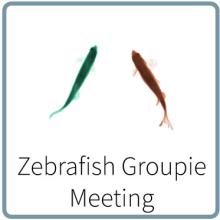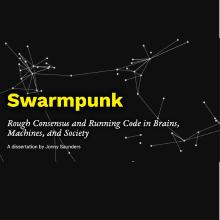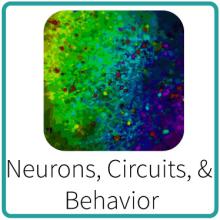Upcoming Events!
Past Events




Hello dear colleagues!
After many years wandering through as many disciplines, I would like to...
Hello dear colleagues!
After many years wandering through as many disciplines, I would like to invite you all to my dissertation defense.
Please RSVP at https://jon-e.net/dissertation
A zoom link will be sent to the provided email before the defense
(and I will also send it as a reply to this email for my departmental colleagues)
If you are unable to make it, the dissertation, slides, and a video of the talk will be available at that link^ afterwards 😊
Special thanks to my committee: Melissa Baese-Berk, Santiago Jaramillo, Matt Smear, and Mike Wehr
░░░░░░░░░░░░░░░░░░
~~~~~~Abstract~~~~~~~
░░░░░░░░░░░░░░░░░░
I will be presenting a vision of science as we could make it. I argue the most fundamental problems in science are not theoretical or experimental, but infrastructural. The problems with our publication, communication, data, analytical, and experimental systems that define the daily experience of science are not isolated, but symptomatic of profound deficits in basic digital scientific infrastructure. Our infrastructural deficits are not unique to science, but structured by the dominant modes of informational capitalism that increasingly define our daily experience, period. As the logic of the digital enclosure movement transforms old enemies into new ones, publishers into surveillance conglomerates, universities into factories: will we keep running on our treadmills of funding and prestige, playing out the clock as our working conditions deteriorate to the point where publicly funded science is little more than a training program for pharmaceutical and advertising companies?
Drawing from decades of digital infrastructural history within and beyond science, I will sketch a path by which we might build systems that empower, rather than control us. I will argue a better future for science is not utopian, nor solely dependent on funding and administrative agencies, but something we can organize ourselves. Woven together with my work in ill-defined phonetic categories and distributed experimental systems, I have written a love letter to the power of swarms: how by embracing heterogeneity and rough consensus we might make science more boisterous, creative, and human.
Looking forward to seeing you, and wishing everyone well
-jonny


Have you ever wondered about how the brain works, how and why neurons interact with each other, how...
Have you ever wondered about how the brain works, how and why neurons interact with each other, how and why neurons “wire up” into functional circuits, and how neural circuits produce behavior? Can we harness this understanding into developing therapies that are beneficial for patients with neurological or neurodegenerative diseases? These and many more are questions on the minds of many Neuroscientists and Clinicians. One way to attempt to answer these questions is by directly interacting with the nervous system using microelectrodes to record neuro-signals or stimulate the neural circuit.
Our research is focused on developing materials and methods for developing the next generation of neural interfaces. We employ standard semiconductor microfabrication techniques to engineer micro and nanoscale materials and develop flexible neural interfaces that enable Neuroscientists to answer some of the questions on their minds. With this method, we could engineer high-density flexible microelectrodes of the same size as neurons and with neuron contact sites that span the breadth and width of the brain. Recently, we developed microelectrodes from amorphous silicon carbide films with a projected lifetime of over a decade when implanted in vivo.
Felix Deku is an assistant professor of neuroengineering at the Knight Campus. His research focuses on the development of chronically reliable neural interfaces for human use. He is also interested in understanding the physiological effects of neuromodulation and their correlations to functional benefit.

Kate Mills is the featured speaker for the annual CSN Fest event. Details for evening talk and...
Kate Mills is the featured speaker for the annual CSN Fest event. Details for evening talk and dinner hosted for ION trainees to be announced
Abstract: A fundamental task in neuroscience is to characterize the brain’s developmental course. In this seminar, I'll present our efforts to establish robust developmental models of structural brain development from late childhood to young adulthood. I'll describe the individual variability present in key transitions in structural brain development, and present recent work evaluating how measures of human brain maturity correspond with other maturational processes.


This seminar is hosted by trainees in the Genetics Training Program. To learn more please visit mol...
This seminar is hosted by trainees in the Genetics Training Program. To learn more please visit molbio.uoregon.edu/genetics-training-program/.
Learn more about Judith Eisen's current research, lab members and ION collaborators.

